 |
 |
 |
| |
Opioid Clinic Use Doubles After COVID Arrives at Alabama HIV Center
|
| |
| |
IDWeek 2020, October 22-25, 2020
Mark Mascolini
At a large HIV clinic in Birmingham, Alabama, overall appointments for outpatient opioid use disorder (OUD) doubled after the COVID-19 epidemic arrived in March 2020 [1]. Half of patients with OUD also misused stimulants, a behavior further challenging HIV suppression in this group.
OUD remains a thorny problem in many parts of the country, including rural areas. In Alabama the number of recorded opioid deaths climbed from under 50 in 1999 to 381 in 2018, the authors of this study at the University of Alabama at Birmingham report. In Jefferson County, where Birmingham lies, confirmed opioid overdose deaths jumped 33% from the first half of 2019 to the first half of 2020. And opioid overdose deaths far outstripped deaths from overdose of other drugs in both periods.
Experts see opioid injection in the rural United States as an obstacle to ending the US HIV epidemic [2]. Evidence from several studies indicates that treatment of OUD can help prevent HIV and HCV acquisition while improving outcomes in people infected with those viruses.
University of Alabama researchers undertook this study to assess prevalence of OUD in the university's large HIV outpatient clinic and to chart OUD use and treatment outcomes. The group opened the Outpatient-Based Opioid Treatment Clinic (OBOT) in November 2019 and staffed the half-day per week clinic with an MD, a nurse practitioner, and a social worker. The researchers hypothesized that about 200 of the clinic's 3580 people with HIV would have OUD.
This retrospective analysis ran from November 2019 until June 2020. The research team defined OUD as patient-reported illicit opioid use with a validated tool (ASSIST) and/or an ICD9 code in the last 12 months.
Of the clinic's 3580 people with HIV, the investigators identified only 40 with OUD (1.1%), well below the hypothesized 200 (5.6%). Half of these people with OUD were female and 30% African American. Median age stood at 42 years.
Of the 30 OUD patients referred to OBOT, the opioid treatment clinic, over half also misused stimulants. Twenty-five of the 30 referred people (83%) went to at least one OBOT visit. Nineteen of those 25 (76%) received buprenorphine for OUD, and 14 (74% of those starting buprenorphine) had a viral load below 20 copies in the last 3 months. Thus the opioid continuum of care at the HIV clinic reflects a steady decline, from 40 people identified with OUD, to 30 referred to the OBOT clinic, to 25 attending the clinic, to 19 starting buprenorphine, and to 14 (35% of 40) having an HIV load below 20 copies.
Over the study period referred people with OUD had an average 3.7 OBOT clinic visits (range 1 to 10). The monthly number of new referrals did not change over the study span, averaging 3.8 per month. But the overall number of OBOT appointments (patient visits per clinic session) soared from an average 12 monthly before COVID-19 to 26 monthly after March 1. And this small half-day-per-week OUD clinic swiftly reached capacity.
The researchers believe the low proportion of HIV clinic patients identified with opioid use disorder underestimates the actual burden of this problem in the Deep South of the United States, an assumption partly resting on the climbing opioid overdose death rate in the area and partly on OUD prevalence in other HIV populations (2% at the University of North Carolina HIV Clinic [3] and 4.5% in a national US HIV cohort [4]). They attributed the swelling OBOT appointment number to "psychosocial needs in the context of COVID-19."
"This small and early assessment," the researchers stressed, uncovered "multiple missed opportunities for progress along the OUD continuum starting with diagnosis and referral."
References
1. Eaton E, Hunt P, Turner O, Raper J, Saag M. Opioid continuum of care for persons living with HIV: the first 8 months. IDWeek 2020, October 22-25, 2020. Abstract 115.
2. Lerner AM, Fauci AS. Opioid injection in rural areas of the united states: a potential obstacle to ending the HIV epidemic. JAMA. 2019 Aug 1. doi: 10.1001/jama.2019.10657.
3. Schranz AJ, Davy-Mendez T, Eron JJ, Napravnik S. Opioid misuse among persons with HIV engaged in care in the Southeastern US. AIDS Care. 2019 Dec 8:1-6. doi: 10.1080/09540121.2019.1699644.
4. Nance RM, Trejo MEP, Whitney BM, et al. Impact of abstinence and of reducing illicit drug use without abstinence on human immunodeficiency virus viral load. Clin Infect Dis. 2020;70:867-874. doi: 10.1093/cid/ciz299.
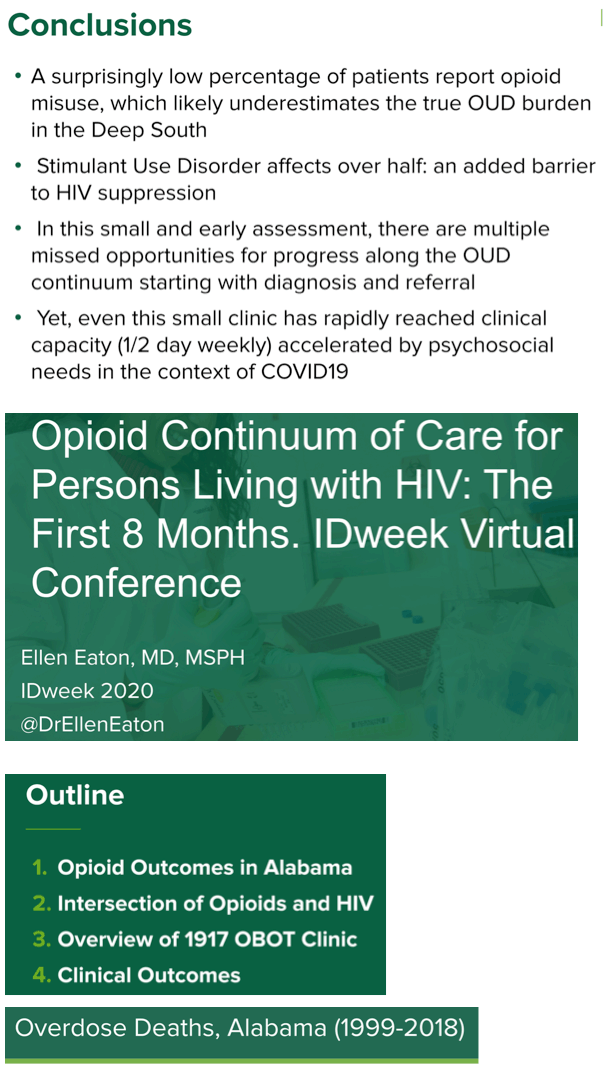
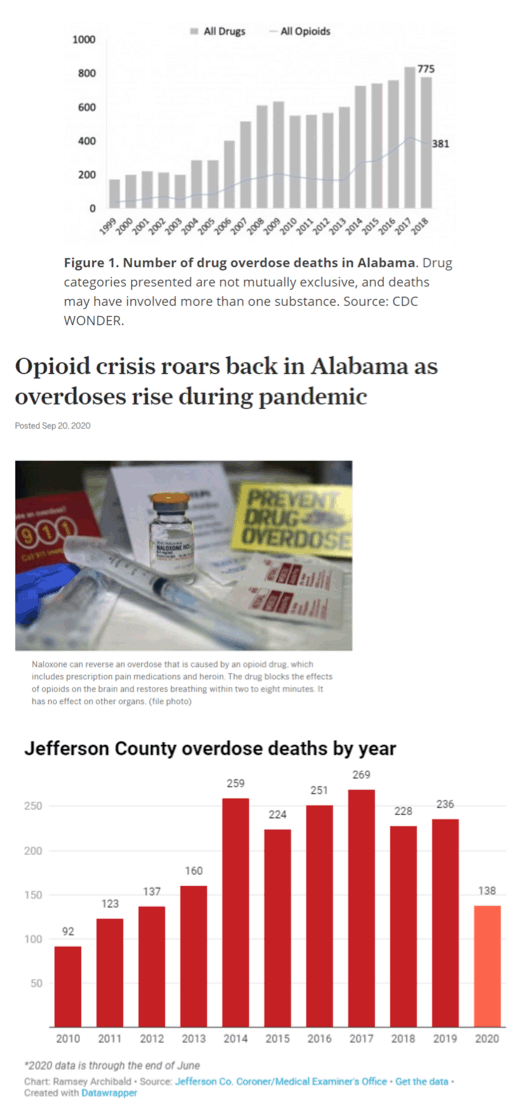
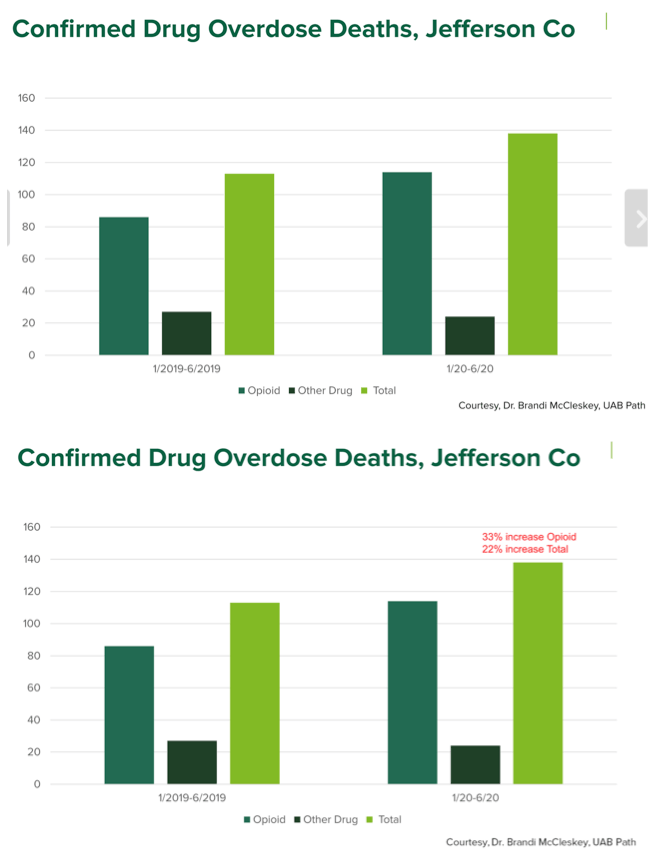
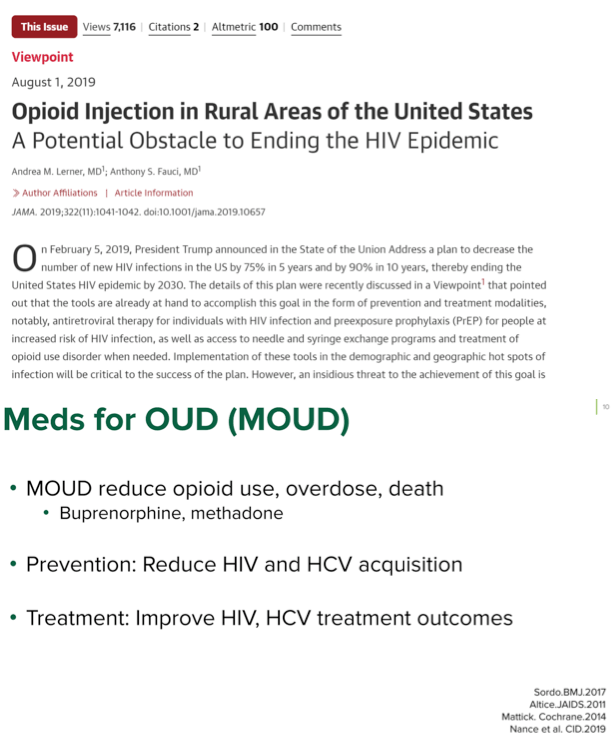
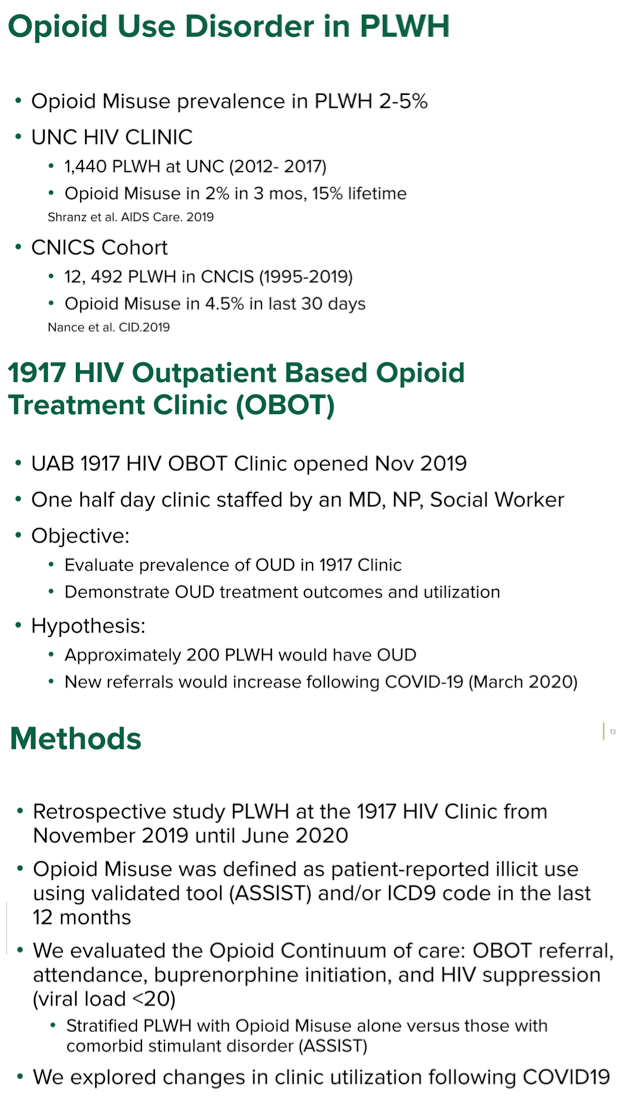
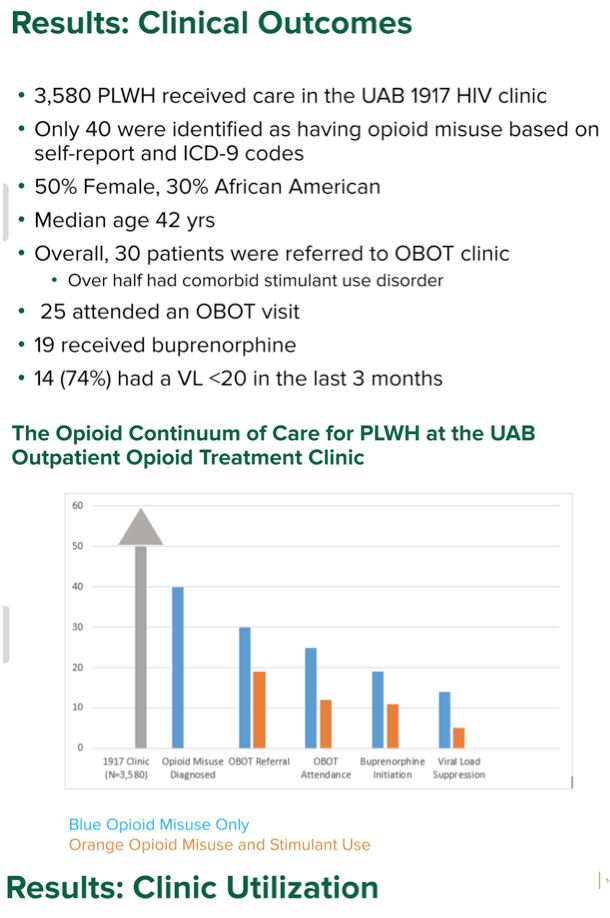
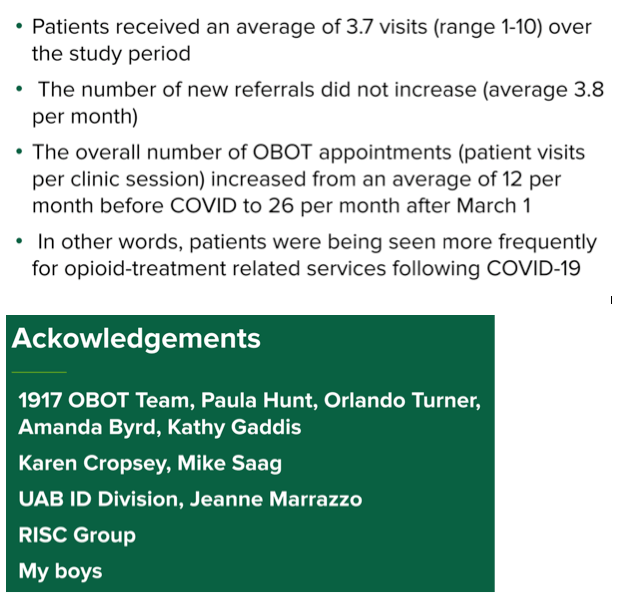
|
| |
|
 |
 |
|
|